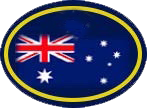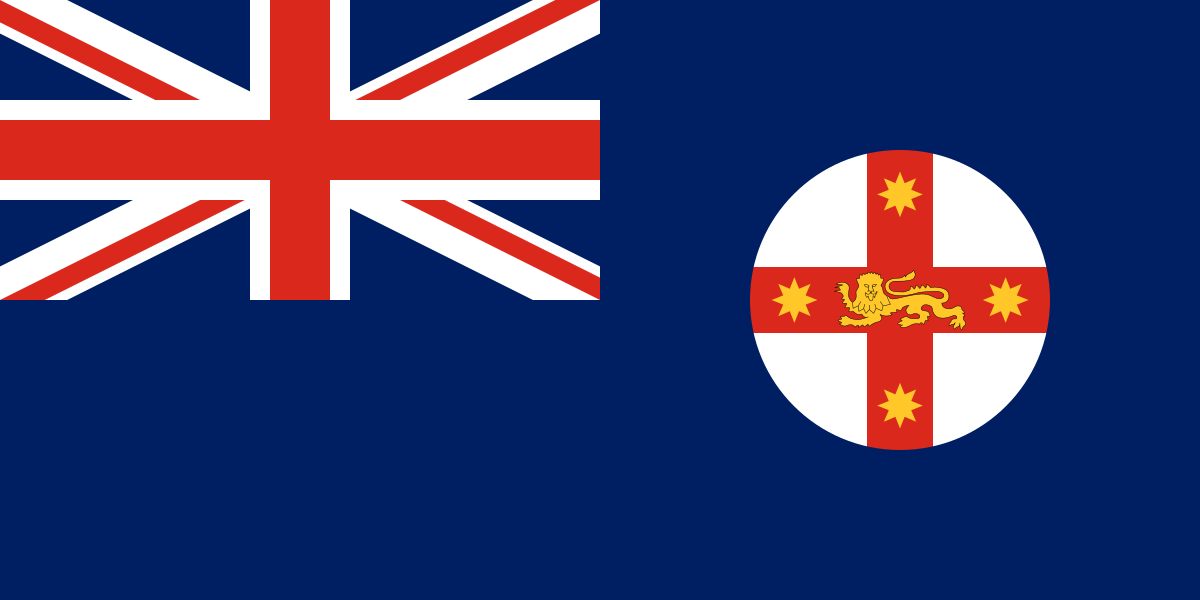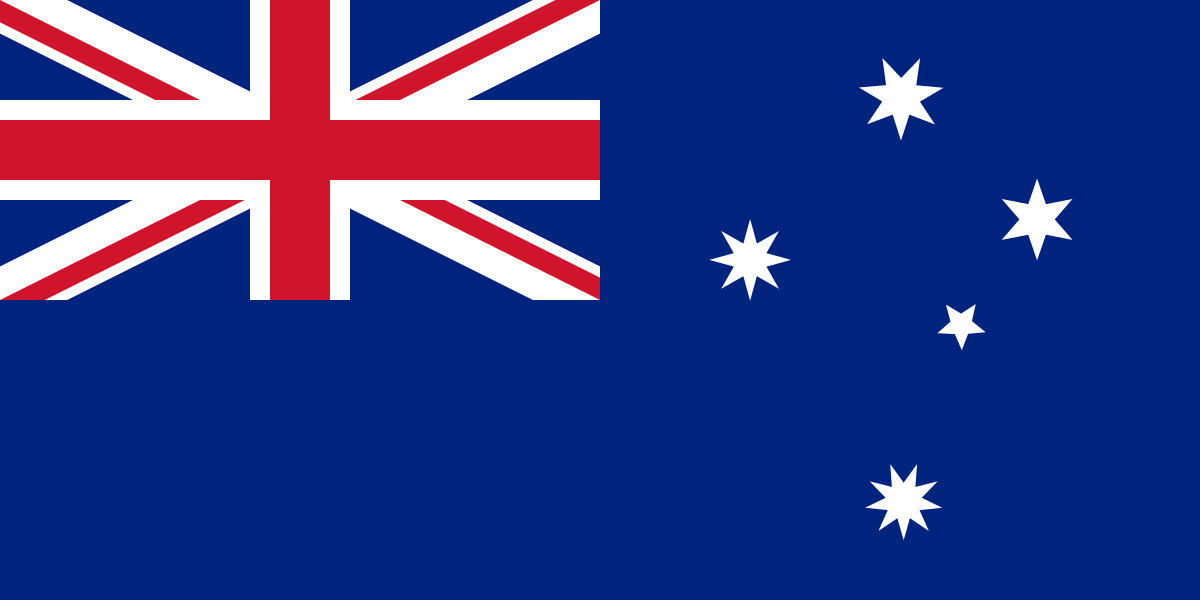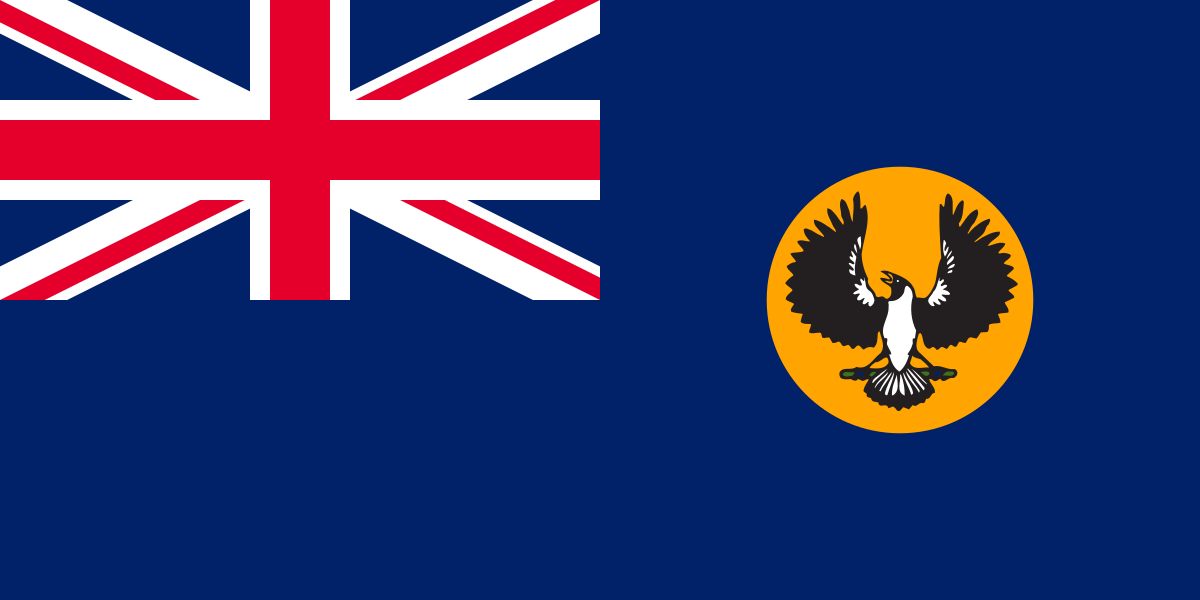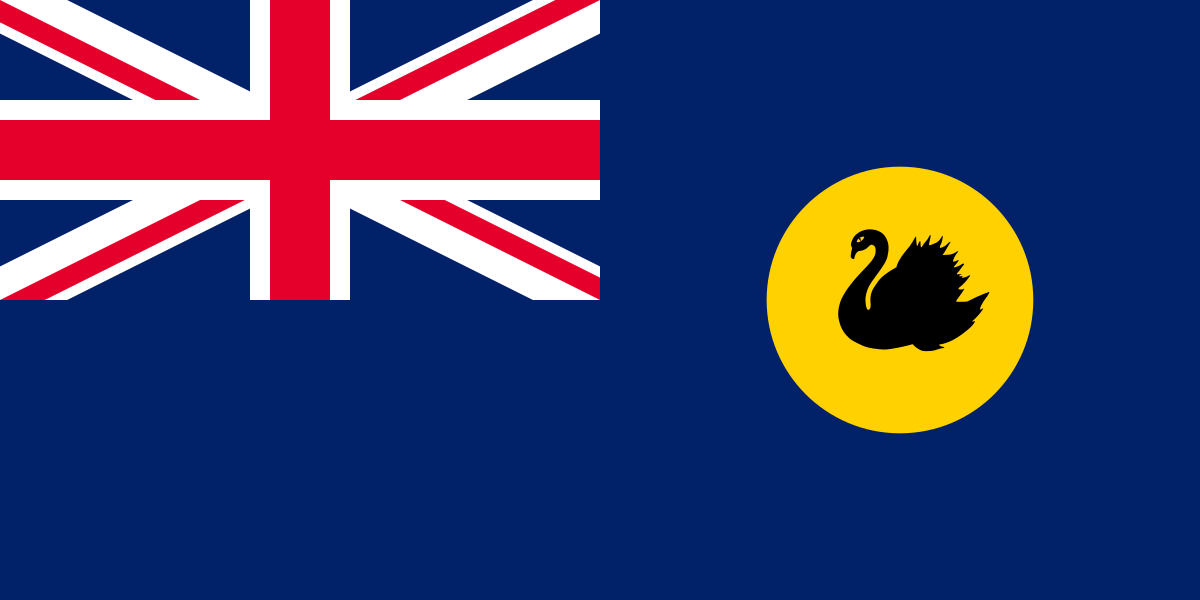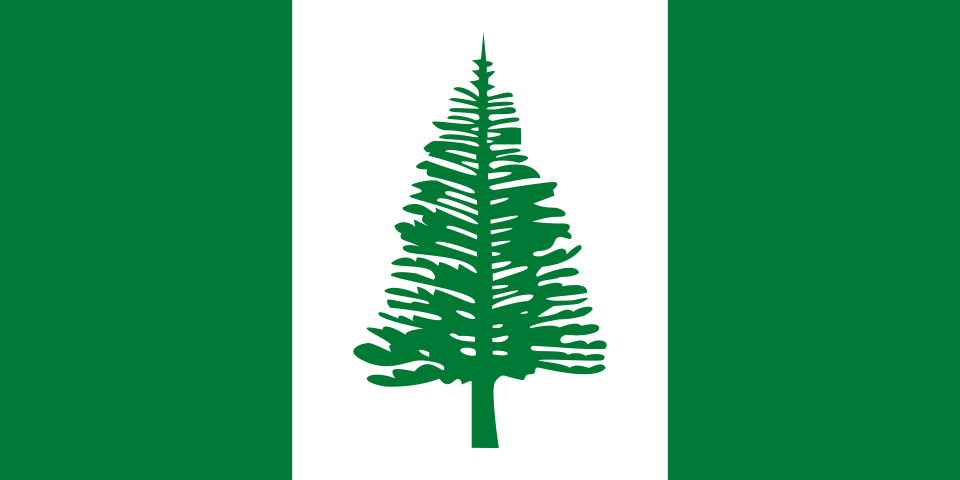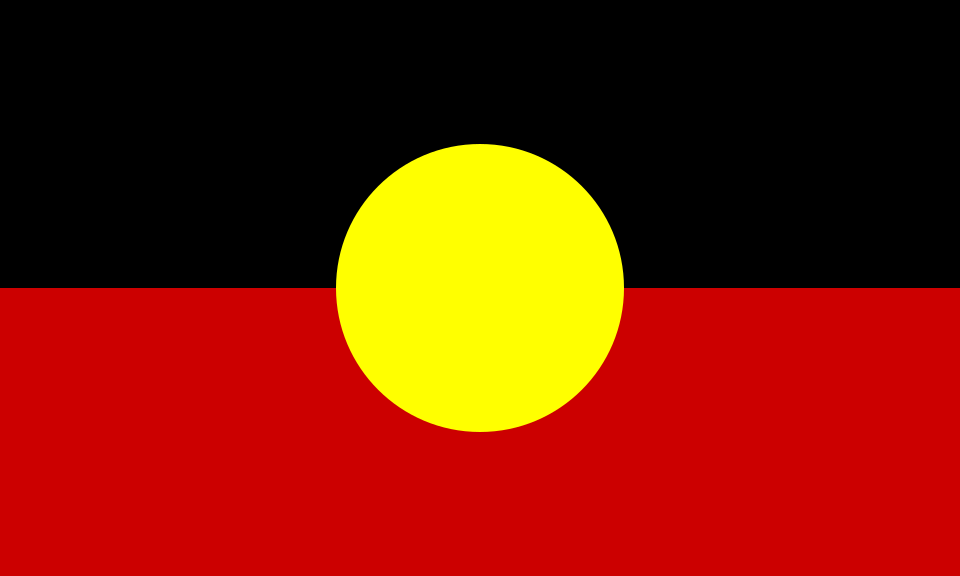Respuestas para la especialidad JA de Banderas de Australia
Nivel de destreza
1
Año
2015
Version
24.12.2025
Autoridad de aprobación
Unión Australiana
1
In land wars through the ages the flag formed a rallying point for troops and often the tide of a battle was turned by the standard bearer rallying his troops around the flag.
In Australia, the National War Memorial in Canberra houses many regimental and national flags that have passed through shot and shell. They are preserved for posterity and treated with due reverence by visitors. Flags tell a story through their colours, badges and symbols.
Before Federation, Australia’s colonies flew the flags of Great Britain – the Union Jack (correctly named the Union Flag) and its other flags.
Growing Australian nationalism in the 1850’s inspired the use of many unofficial flags – a common feature of which was the Southern Cross, a constellation unique to southern skies. Among the better-known flags in Australia’s early colonial history are the National Colonial flag (1823), the Anti-Transportation League flag (1851), the Murray River flag (1853), the Eureka flag (1854) and the Australian Federation flag (1880 – 1890’s).
From 1870 each Australian colony adopted as its flag, the British blue ensign, incorporating a different badge in the fly to distinguish it from other colonies.
On January 1, 1901, the six colonies united to form the Commonwealth of Australia. In search of a flag for the new nation, the Commonwealth Government announced a worldwide competition. Entrants were asked to send a design for two flags – one for official and naval purposes and one for merchant ships.
2
An expert panel of judges assessed the entries using guidelines that included, history, heraldry, distinctiveness, utility and cost of manufacture.
On September 3, 1901, the Prime Minister, Edmond Barton, announced that five entrants who had submitted similar designs, were to share the honour of being declared the designers of the Australian National Flag.
The Commonwealth Government and the Review of Reviews for Australia each provided seventy-five pounds and the Havelock Tobacco Company added fifty pounds to this, making a total prize of two hundred pounds (a substantial amount for those days).
3
Originally the Blue Ensign was reserved for naval and official use while the Red Ensign was to be flown by the merchant fleet and private citizens. By 1903 the stars of the Southern Cross were standardised to four seven pointed and one five pointed stars.
In December 1908 it was gazetted that the Commonwealth Star be altered from six to seven points to represent the six States and all the Australian territories.
4
Almost everywhere in the world, the national flag is held so close to people’s hearts that they will risk their lives for it. Under foreign occupation, for example, displaying the national flag has often been an offence punishable by death and yet there have always been people who have been willing to stand up and defiantly hoist their flag as a way of saying, “This is in our country, we will not accept interlopers!”
The national flag as a visual symbol of a nation is so ingrained in modern consciousness that often people just use a flag to represent the nation, rather than its name.
Ethical Significance
The Australian national flag represents the values that are part of the psyche of the Australian people. For example, belief that everyone should be entitled to a “fair go” and the looking after the interests of family and friends (mates). When the Colonies of Australia federated into The Commonwealth of Australia, the new nation was built upon the Christian values of integrity, accountability, diligence, perseverance and discipline.
These Christian values were incorporated into the Australian Constitution to ensure the nation had clear guidelines upon which to proceed in nation building.
The national flag also represents those values enshrined in the Constitution.
Moral Significance
When on this earth, Jesus stated that the people were to “Render unto Caesar the things that are Caesars and unto God the things that are God’s”. (Matt 22:21). He declared that since they were living under the protection of the Roman power, they should render to that power the support it claimed, so long as this did not conflict with a higher duty. But while peaceably subject to the laws of the land, they should at all times give their first allegiance to God.
The Apostle Paul also states that the authorities that exist are appointed by God and that resistance to them resists God. For the authorities are His ministers for the good of the people and the executer of wrath on him who practices evil. (Romans 13:1-7)
The national flag represents the authority appointed by God for the good of the people and likewise is to be treated with the respect due to the authorities.
5
New South Wales
The first badge of New South Wales was authorised in 1869 was a red cross of St George, the traditional emblem of England, on a silver background. This badge was replaced in 1876, by a more distinctive design, based on the National Colonial Flag, with four eight pointed stars representing the Southern Cross and a gold lion of England placed on the red cross of St George.
Victoria
The Victorian flag was proclaimed by the governor in 1870. The badge of the flag was the five stars of the Southern Cross on the fly. In 1877 the Imperial Crown was added to the Southern Cross Badge of Victoria. The St Edwards Crown that is now featured on the State flag replaced the Imperial Crown in 1910 upon the accession of Edward VII, and it has not changed since then. The stars of the Southern Cross on the Victorian flag differ from those on the Australian national flag in that they have a different number of points, to indicate their varying brightness.
Queensland
The badge of the Queensland State flag is a light blue Maltese style cross with the crown of St Edward superimposed at its centre. The design was approved in 1876. The first design considered for the badge was a depiction of the head of Queen Victoria, but this was rejected because it was deemed to be too difficult to reproduce well on a flag.
South Australia
The South Australian State flag was proclaimed in 1904. It features a piping shrike (white backed magpie) standing on a eucalyptus branch on a golden disc that represents the sun.
Western Australia
Since the 1830s the black swan has been commonly used as an emblem of Western Australia. In the early days of settlement, it was known as the Swan River Colony. The Government proposed the adoption of the Black Swan Badge in 1870 and it use on the flag was confirmed 1875. Originally facing away from the hoist, the swan was reversed in 1953.
Tasmania
The red lion on a white badge was officially the badge of Tasmania in 1876 and confirmed in 1975. There is no record of the reason for using the lion “passant” on the State flag, although lions have been prominent in European heraldry for centuries.
Northern Territory
To mark the granting of self-government to the Territory in 1978, this flag was adopted. The black panel against the hoist bears the Southern Cross the stars of which have the same number of points as the Victorian State Flag. On the right hand ochre coloured panel is a stylised Sturt’s Desert Rose (the State’s floral emblem) in white with a black star at its centre. The seven petals of the rose and the seven points on the star represent the six States and the Northern Territory.
Australian Capital Territory
The Australian Capital Territory (ACT) flag was adopted in 1993, after a public selection process. The blue and gold are regional colours. The blue panel against the hoist bears the Southern Cross. On the right hand golden panel the blue and white swans symbolise Aboriginal and European Australians. The castle alludes to Australia’s capital city, Canberra, and the crown of St Edward represents the role of the sovereign in government. The sword of justice, the parliamentary mace and the rose of York are depicted on the shield.
From 1927 when the ACT was established until this new design became the official flag in 1993, the City of Canberra’s flag had been used as a de facto flag.
The External Territories
Australia has seven external territories: Norfolk Island, Heard Island and McDonald Island, Christmas Island, the Cocos (Keeling) Islands, The Australian Antarctic Territory, the Coral Sea Islands, and Ashmore and Cartier Islands. Apart from Norfolk Island, the Australian National Flag is the official flag for these territories.
Norfolk Island is the only external territory to have its own official flag that was adopted in 1980. This flag has three vertical panels – the outer two being deep green and the central panel is white and bears a green Norfolk Island Pine as a charge.
Aboriginal Flag
The Aboriginal Flag was designed by Harold Thomas in 1971. The black represents the Aboriginal people, the red the earth and their spiritual relationship to the land, and the yellow the sun, the giver of life.
After a period of public consultation, the Government made the decision in July 1995 that the flag should be proclaimed a “Flag of Australia” under section 5 of the Flags Act 1953. The flag was so proclaimed by the Governor General of Australia, William Hayden, on 14 July 1995.
Torres Strait Islander Flag
This flag was adopted by the Torres Strait Islander people in 1992. The flag has three horizontal panels: the top and bottom panels are green and the middle one is blue. These panels are divided by thin black lines. The green is for the land, the blue for the sea and the black for the people.
In the centre of the flag is a white dari (dancer’s headdress), which is the symbol for all Torres Strait Islander people. Underneath the dari is a five-pointed star; the five points represent the island groups in the Torre Strait and the white represents peace.
After a period of public consultation, the Government made the decision in July 1995 that the flag should be proclaimed a “Flag of Australia” under section 5 of the Flags Act 1953.
The flag was so proclaimed by the Governor General of Australia, William Hayden, on 14 July 1995.
6
The most common characteristics of house flags are simple partitions of the field and extensive use of initials and simple emblems. The best house flags have simple designs and distinctive features, making them easy to recognise from a distance.
The Pathfinder and Adventurer flags would be considered to be house flags.
7
The above list is not the exhaustive list of rules that are applicable. A full list is available from the Awards and National Symbols Branch, Department of Administrative Services, Canberra, ACT 2601.
8
If the flag is made of polyester or similar material that are toxic when burned, an acceptable alternative is to cut the flag into small, unrecognisable pieces.
9
